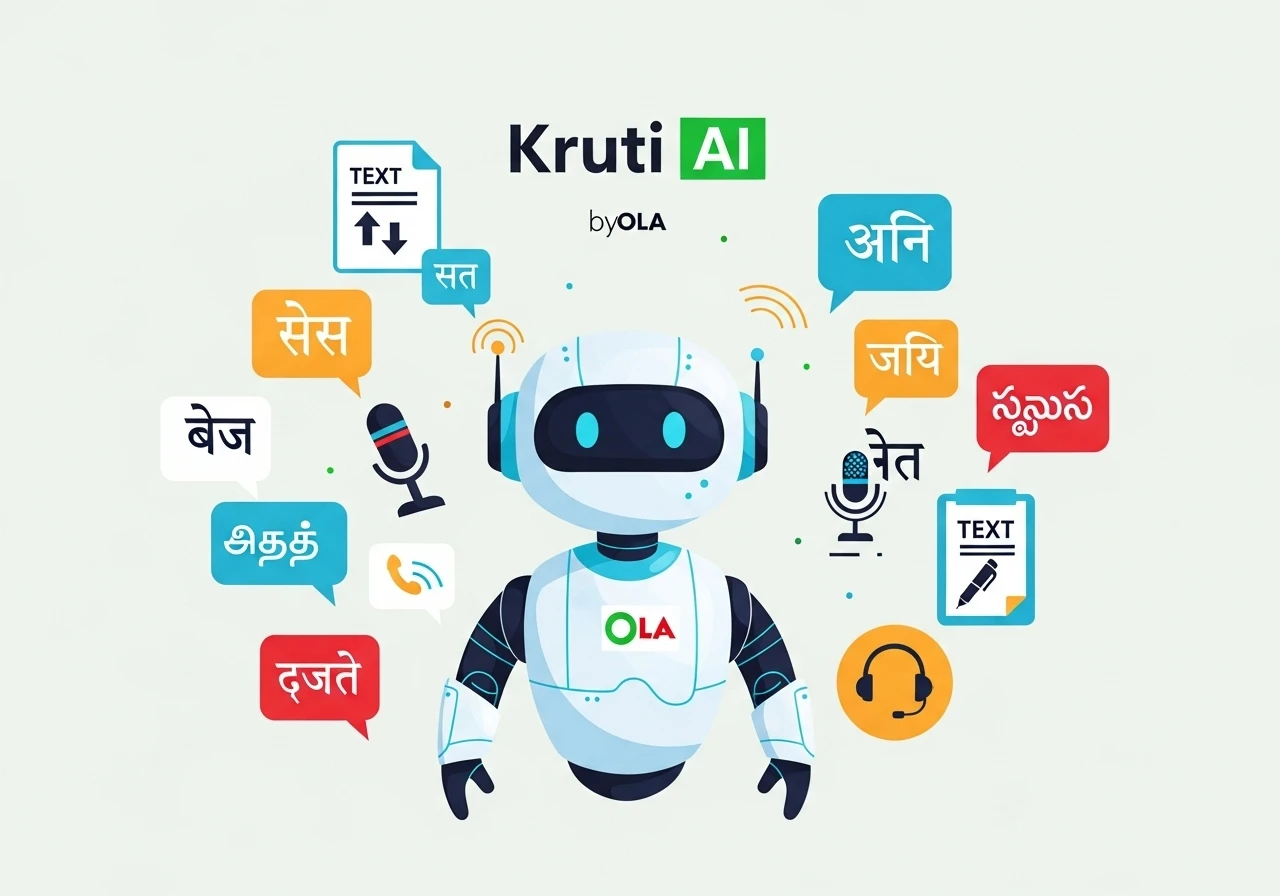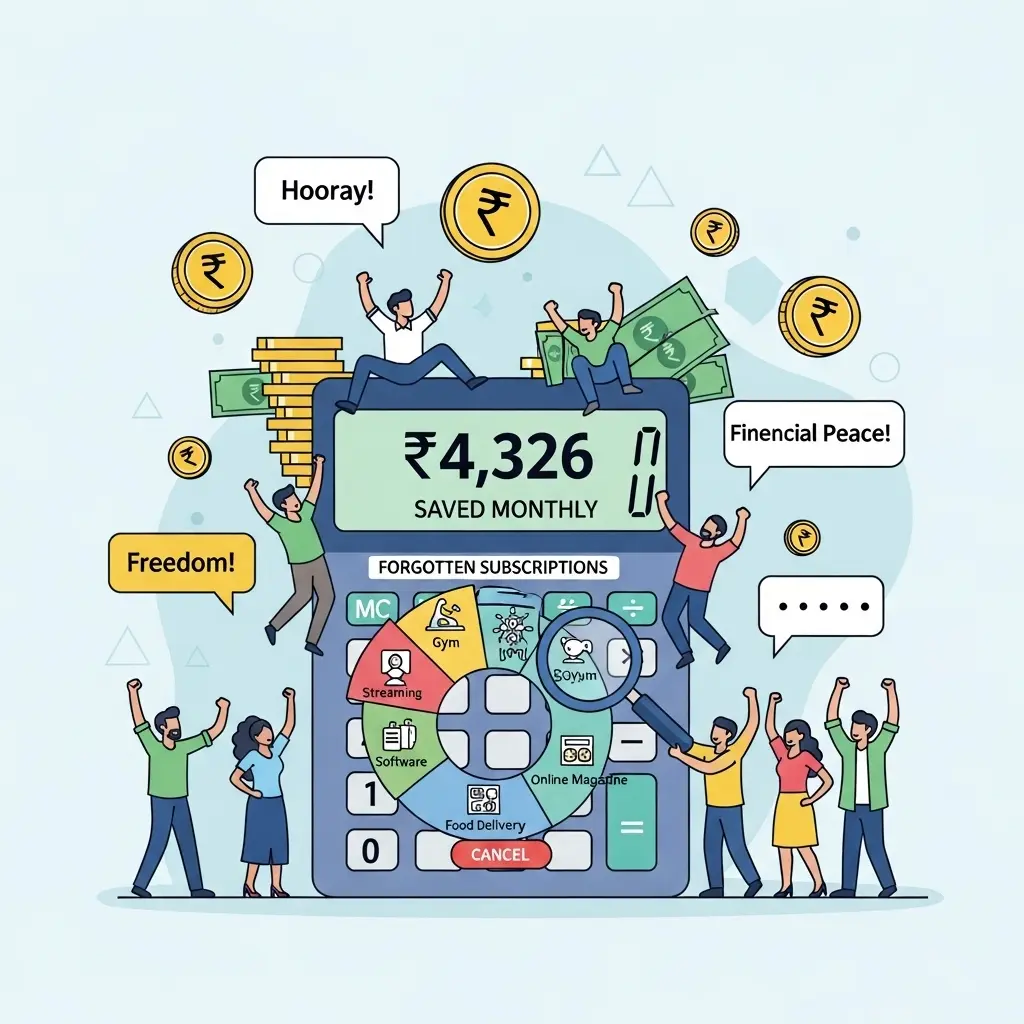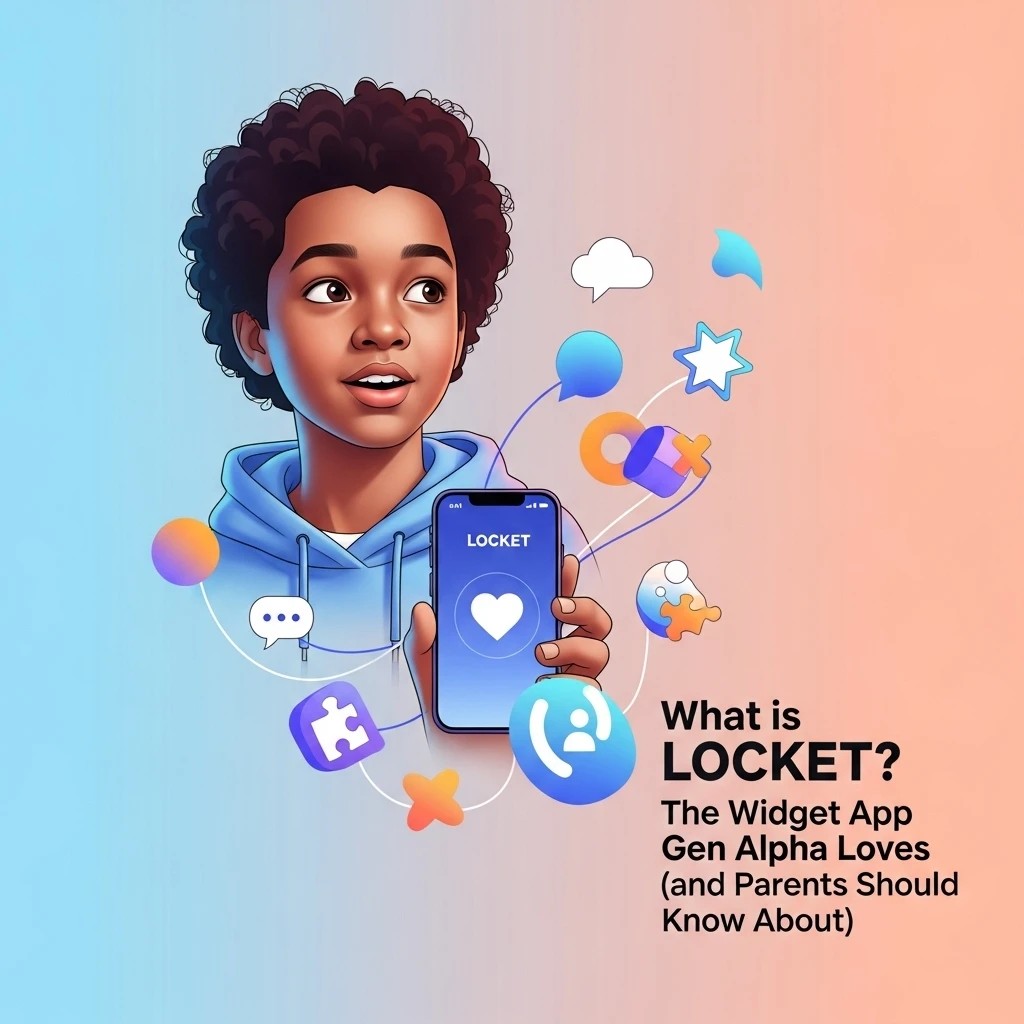Kruti by Ola: India's First 'Agentic AI' for Regional Languages Explained
By Amandeep Singh
Founder, CancelMates. We track the AI tools shaping India's future.
For years, AI assistants have struggled to truly understand India's rich linguistic diversity. They respond to simple commands but often fail with regional accents, dialects, and the natural mix of languages we use every day.
On June 12, 2025, Ola's AI venture, Krutrim, launched a solution designed to change that. Led by Bhavish Aggarwal, Kruti isn't just another voice assistant. It's India's first mainstream "agentic AI"—a smarter assistant that can reason, plan, and execute complex tasks on your behalf, all while speaking your language.
The Big Idea: Talk to Kruti Like a Person, Not a Robot
Forget rigid commands. The power of agentic AI is in understanding intent. You can say complex things like, "Book me a cab to the airport like last Monday and tell me the weather," and Kruti is designed to understand and execute both tasks.

Kruti's Core Capabilities at a Glance
| Capability | What It Means | Why It's a Game-Changer |
|---|---|---|
| Agentic Task Execution | Reasons, plans, and completes multi-step tasks. | Moves beyond answering questions to actually doing things for you. |
| True Multilingual Understanding | Supports 13+ Indian languages, dialects, and mixed-language (Hinglish). | Makes AI truly accessible to non-English speakers across India. |
| Context & Memory | Remembers past conversations and preferences. | Allows for natural, follow-up conversations without repeating yourself. |
Table of Contents
1. What is "Agentic AI" and Why Does It Matter?
Traditional AI is reactive: you ask a question, it gives an answer. Agentic AI is proactive. It understands your ultimate goal, breaks it down into smaller sub-tasks, and executes them, often across multiple apps.
When you tell Kruti to "order my usual dinner," it doesn't just search for restaurants. It recalls your past orders, checks your preferred app (like Swiggy or Zomato in the future), processes the payment, and tracks the delivery. It acts like a real personal assistant, not just a search engine. This is the leap that makes AI truly useful for everyday life in India.
2. Kruti's Key Features in Detail
- Deep Language Understanding: Kruti was built on Ola's own Krutrim V2 large language model, trained specifically on Indian linguistic patterns. It supports 13 languages initially (with plans for 22), including Hindi, Tamil, Telugu, Kannada, Marathi, and Bengali, and excels at understanding mixed-language commands.
- Cross-Platform Integration: While starting with the Ola ecosystem, Kruti is designed to integrate with other popular Indian services like Blinkit, Swiggy, and even UPI for payments. The goal is to have a single assistant that can manage tasks across all your essential apps.
- Contextual Memory ("Sense of Recall"): Kruti remembers your previous interactions. This allows you to have more natural conversations. You can book a cab and then ask a follow-up question like "How long will it take?" without having to specify which cab you're talking about.
- Voice-First Design: Recognizing that many Indians are more comfortable with speaking than typing, the entire experience is built to be voice-driven, making it accessible to a much wider audience, including those with lower digital literacy.
3. How to Use Kruti for Daily Tasks
Using Kruti is designed to be intuitive. Here’s how a typical interaction might work:
- Open the Ola app and tap the Kruti (voice assistant) icon.
- Speak your command naturally in your preferred language. For example: "मला अंधेरी स्टेशनला एक ऑटो बुक करायची आहे." (I want to book an auto to Andheri station in Marathi).
- Kruti processes the intent, confirms the details (like destination and ride type), and books the auto.
- You can then ask follow-up questions like "ड्राइवरला कॉल कर" (Call the driver) hands-free.
Frequently Asked Questions
Q: What exactly is "Agentic AI"?
A: Agentic AI refers to systems that can go beyond just responding to queries. They can understand your intent, plan multi-step actions, make decisions, and execute tasks semi-independently. It acts more like a personal assistant or a co-worker that does things for you, rather than a simple tool that answers questions.
Q: How is Kruti different from Google Assistant or Siri?
A: The main differences are its "agentic" capabilities and its deep focus on Indian languages. While Google Assistant and Siri are great at answering questions and performing simple commands, Kruti is designed to handle complex, multi-step tasks (like booking a cab and then paying for it). Its core strength is its native understanding of regional Indian languages, accents, and mixed-language speech, making it more accessible and effective for the Indian user base.
Q: What technology powers Kruti?
A: Kruti is powered by a hybrid system. The core is Ola's proprietary large language model, "Krutrim V2," which was trained specifically on Indian languages and contexts. This is combined with various open-source LLMs. This composite approach allows it to choose the best model for a specific task to ensure high accuracy and efficiency.
Q: Which Indian languages does Kruti support?
A: Kruti was launched with support for 13 Indian languages, with plans to expand to 22. The initial list includes major languages like Hindi, Tamil, Telugu, Kannada, Marathi, and Bengali, as well as English for mixed-language commands (e.g., Hinglish).
Q: Is Kruti free to use?
A: Yes. Krutrim's strategy is to make advanced AI capabilities widely accessible at no cost to the user. This encourages broad adoption and helps the AI model learn and improve from diverse, real-world interactions across India.
Q: Can Kruti be integrated into other apps besides Ola?
A: Yes, that is the long-term vision. Krutrim plans to offer a developer-friendly SDK (Software Development Kit) that will allow other businesses and platforms to embed Kruti's voice and agentic capabilities into their own applications, creating a wider ecosystem.


